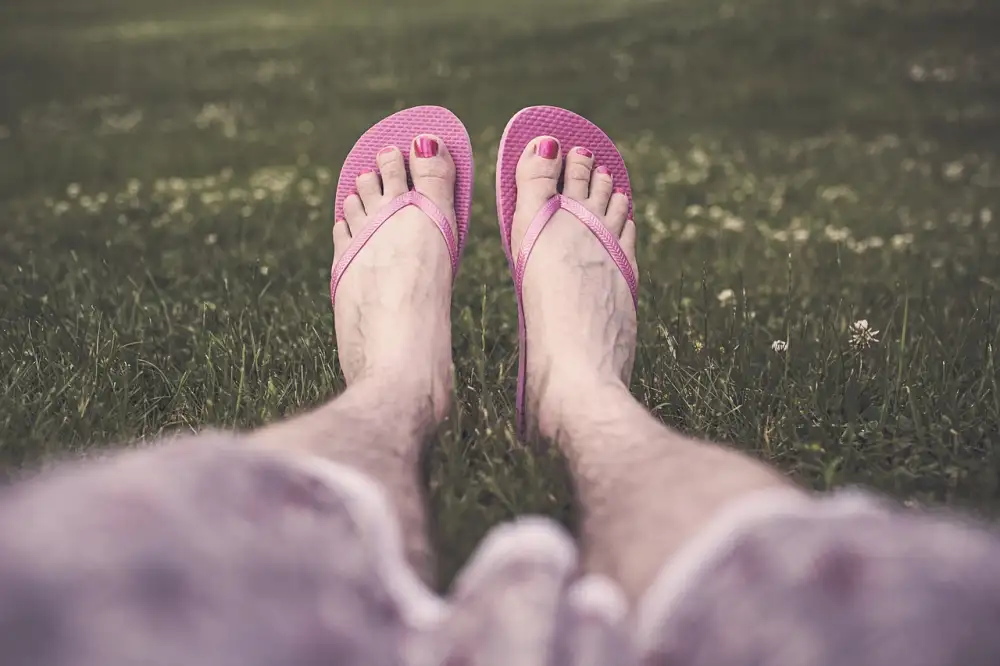Unveiling the Truth About Hairy Toe: Causes, Symptoms, and Treatment Options

Hairy Toe, also known as hypertrichosis, is a rare condition characterized by excessive hair growth on the toes. While it may sound like a harmless or even amusing condition, it can have significant impacts on an individual's self-esteem and quality of life. The excessive hair growth can occur on one or more toes and may vary in thickness and color. Hairy Toe can affect individuals of any age, gender, or ethnicity, although it is more commonly seen in certain genetic conditions or as a side effect of medications. Understanding the causes, symptoms, and treatment options for Hairy Toe is essential to effectively managing this condition and improving overall well-being.
Causes of Hairy Toe
Hairy toe, also known as hypertrichosis, can be caused by a variety of factors. One common cause is genetics, where the condition may be inherited from family members. Hormonal imbalances, such as an overproduction of certain hormones like androgens, can also lead to excessive hair growth on the toes. Additionally, certain medications or medical conditions that affect hormone levels in the body may contribute to the development of hairy toe. In some cases, excessive friction or pressure on the toes can stimulate hair growth as a protective mechanism. It's important to consult with a healthcare provider to determine the specific cause of hairy toe in individual cases.
Symptoms and Signs to Look Out For
Symptoms of Hairy Toe can vary from person to person, but common signs to look out for include excessive hair growth on the toes, thickening of the skin on the affected area, itching or irritation, and possible pain or discomfort while walking or wearing shoes. In some cases, individuals may also experience redness, swelling, or even discharge from the affected toe. It is important to pay attention to these symptoms and seek medical advice if they persist or worsen over time.
Diagnosis and Medical Evaluation
Diagnosis of hairy toe typically involves a physical examination by a healthcare provider. The doctor will assess the appearance of the toe, looking for signs of excessive hair growth, discoloration, or unusual texture. In some cases, a skin biopsy may be recommended to rule out any underlying conditions. Blood tests may also be conducted to check hormone levels and thyroid function, as hormonal imbalances can contribute to this condition. It is important to provide the doctor with a detailed medical history and information about any medications being taken to aid in accurate diagnosis and treatment planning.
Treatment Options Available
There are several treatment options available for hairy toe, depending on the severity of the condition. For mild cases, simple at-home remedies such as regular trimming of excess hair and keeping the area clean can help manage symptoms. In more severe cases where ingrown hairs or infections occur, medical intervention may be necessary. This can include topical antibiotics to treat any infections, corticosteroid creams to reduce inflammation, or in some cases, surgical removal of the ingrown hair. It is important to consult a healthcare professional for proper diagnosis and treatment recommendations tailored to individual needs.
Prevention Tips for Hairy Toe
Prevention is key in avoiding the development of hairy toe. Here are some tips to help keep this condition at bay:
1. Maintain good foot hygiene by washing your feet regularly with soap and water.
2. Trim your toenails properly to prevent ingrown hairs and infections.
3. Wear well-fitting shoes to prevent friction and pressure on the toes.
4. Avoid sharing socks, shoes, or nail clippers with others to reduce the risk of fungal infections.
5. Keep your feet dry and clean, especially between the toes, as moisture can contribute to fungal growth.
6. Choose breathable footwear made of natural materials to allow air circulation around the toes.
7. Regularly inspect your feet for any signs of hair growth or abnormalities and seek medical advice if you notice any changes.
By following these prevention tips, you can reduce the likelihood of developing hairy toe and maintain healthy feet.
When to Seek Medical Advice
If you notice any unusual changes in the appearance or texture of your toes, such as excessive hair growth, discoloration, swelling, pain, or discharge, it is important to seek medical advice promptly. Additionally, if you have a history of diabetes, poor circulation, or immune system disorders and develop hairy toe symptoms, consult a healthcare professional immediately. Early detection and treatment can help prevent complications and ensure optimal foot health. Do not hesitate to schedule an appointment with a podiatrist or dermatologist for proper evaluation and management of the condition.
Published: 13. 04. 2024
Category: Health



